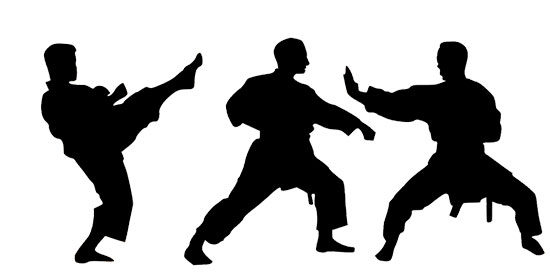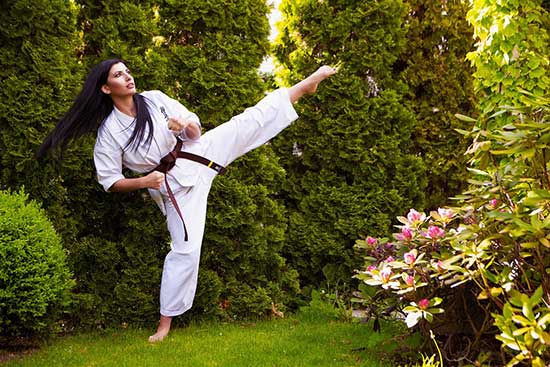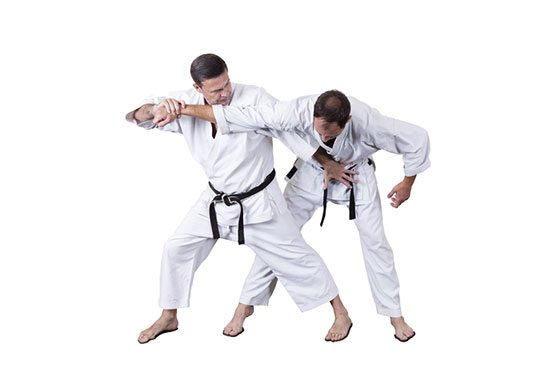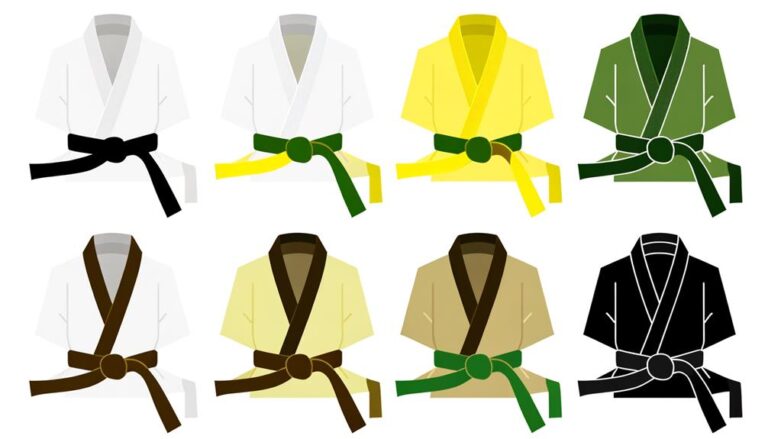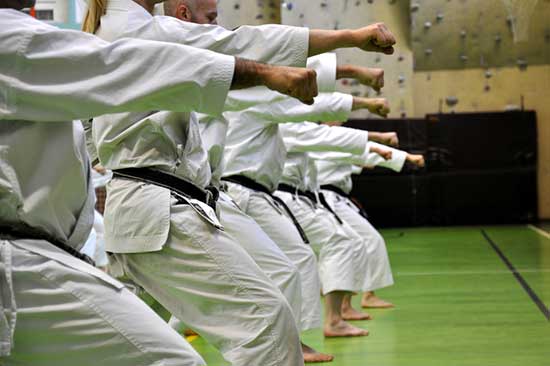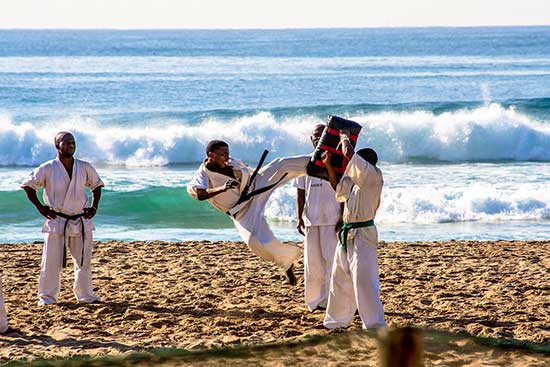The similarities and differences between Tang Soo Do and Karate are often compared and contrasted.
There are some commonalities between both of these martial arts, as well as some unique aspects.
Here, we will examine Tang Soo Do and Karate’s similarities and differences, and give advice on which to choose. So, let’s dive in.
Contents
Similarities between Tang Soo Do and Karate
History
Both Tang Soo Do and Karate have ancient roots in Asia. Karate originated in Japan and has been practiced for centuries, while Tang Soo Do is a Korean martial art that is based on Chinese martial arts principles.
Techniques
Both martial arts involve striking, kicking, and blocking techniques. The techniques used in Tang Soo Do and Karate are similar, and both focus on improving balance, coordination, and flexibility.
Philosophy
The philosophy behind both martial arts is based on the same principles of self-discipline, respect, and humility.
Both Tang Soo Do and Karate aim to instill discipline and a sense of respect for others in their students.
Belt System
Both Tang Soo Do and Karate use a belt ranking system to indicate the level of proficiency of their students.
The belt colors in both martial arts progress from white to black, with variations in-between.
Differences
Forms and Patterns
Tang Soo Do and Karate have distinct forms or patterns that they use in training. Tang Soo Do uses a set of forms called Hyungs, while Karate uses Kata.
Techniques
Although both martial arts involve similar techniques, Tang Soo Do uses more hand techniques, while Karate places a greater emphasis on kicks.
Sparring
Tang Soo Do and Karate have different approaches to sparring. Tang Soo Do focuses on full-contact sparring, while Karate emphasizes light-contact sparring.
Competition
Tang Soo Do and Karate have different approaches to competition. Tang Soo Do has a more tournament-based competition system, while Karate also includes competition, but it is not the central focus.
Uniforms
Tang Soo Do practitioners wear a dobok, while Karate practitioners wear a gi.
| Feature | Tang Soo Do | Karate |
|---|---|---|
| Origin | Korea | Japan |
| Focus | Hand techniques, open-handed strikes | Kicking techniques, closed-handed strikes |
| Stance | Relatively low, with a wide base | A higher, narrower stance |
| Uniform | White jacket and pants, colored belt | White or black jacket and pants, colored belt |
| Philosophy | Emphasizes discipline and respect for others | Emphasizes self-discipline and personal growth |
| Sparring | Full-contact, with hand and foot techniques | Light contact, with emphasis on foot techniques |
| Forms | Hyungs, which emphasize flowing movements and breathing | Kata, which emphasizes precision and technique |
| Targeting | Focuses on attacking vulnerable points on the body | Focuses on attacking larger areas, such as the torso or head |
| Self-defense | Incorporates grappling and throws | Emphasizes blocking and redirecting attacks |
| Competition | Uses a point-based system for sparring | Uses a variety of rules and formats, depending on the organization |
Advice on what to choose
Choosing between Tang Soo Do and Karate is a personal decision that depends on individual preferences and goals.
Tang Soo Do puts more credit on hand techniques and full-contact sparring, so it may be a suitable fit for someone interested in this type of martial arts.
You may want to consider Karate instead if you prefer kicking and self-defense as strengths.
Furthermore, you should consider whether your area has classes and instructors available for both of them.
Find out which martial art works best for you by trying both. It is ultimately imperative that you choose a martial art that is enjoyable and helps you achieve your goals.
Conclusion
As you have seen Tang Soo Do and Karate have a bit of both: similarities as well as differences. Each style is unique. However, the benefits of learning at least one are great.
Each individual has a preferred martial art that suits him according to his needs and interests, and finding one requires you to try and see, but you will eventually get where you want, so don’t worry too much about it.
